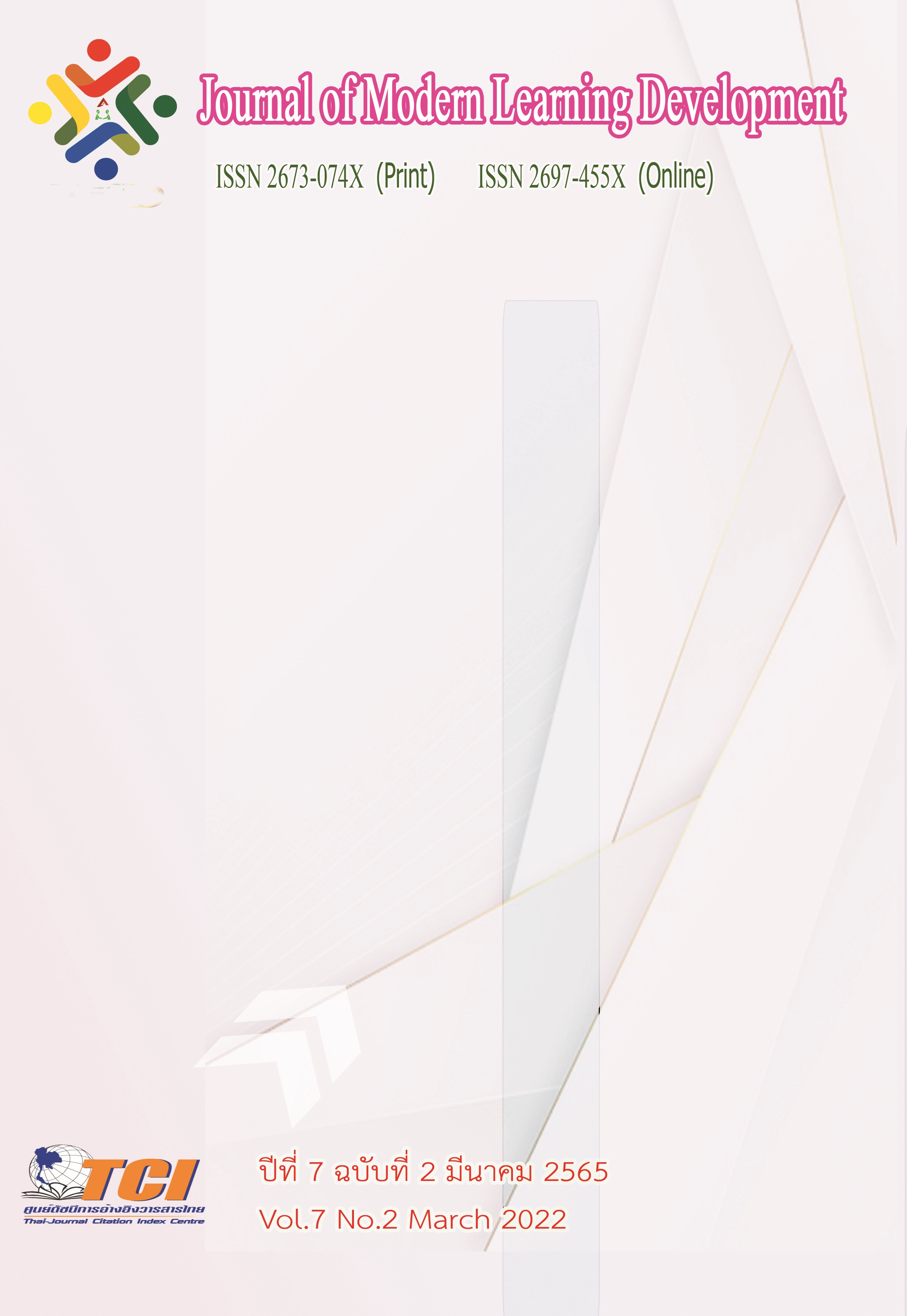Evaluation of Electronic Document System Project of The Office of The Judiciary
Main Article Content
Abstract
The objectives of this study were (1) to study the evaluate of electronic document system project of the Office of The Judiciary by using the CIPP Assessment Model (2) to study the project's problems and obstacles, and to suggest a guideline for developing an electronic document system, and (3) to compare personal factors affecting the assessment of electronic document system projects.
The researcher utilized the quantitative approach by using questionnaires as a survey research. In this study, the sample groups were 236 officials. An accidental sampling approach was used to assess with 95 percent of confidence level. In-depth interviews with five key informants were done in the qualitative approach, by using a data analysis software program that includes basic statistics, for example, frequency, percentage, mean, and standard deviation, t-values, F-values, and One-Way ANOVA were used to evaluate conceptual differences. The data from a qualitative analysis was utilized with the content analysis approach.
The findings revealed that (1) overall of the mean and standard deviation in context, input, process, and product had an average opinion at a high level (= 3.97, SD = .76) (2) The problems of each aspect are as follows: aspect of context such as a high workload. Aspect of input such as a lack of financial support and understanding how to utilize the system; aspect of process such as a lack of continual development of the system as well as a lack of coordination between service providers and recipients; aspect of product such as a lack of follow-up and assessment from operation staffs. (3) the results of a comparative analysis showed that personal characteristics such as age, number of years, job position, and workplace were discovered to have varied perspectives. which there was a significant difference at the level of .05 and in each service providers and recipients had no different opinions on the project.
All in all a centralized management system control center should be established for the most effective resource allocation to the relevant sectors.
Article Details
References
ศาลยุติธรรม. (2562). ศาลยุติธรรม. ออนไลน์. สืบค้นเมื่อ 6 กุมภาพันธ์ 2562. แหล่งที่มา: https://esv-iprd.coj.go.th/GuideCOJ2017/mobile/index.html#p=29
ศาลยุติธรรม. (2562). บันทึกข้อความ ส่วนสารบรรณกลางและศูนย์ข้อมูลข่าวสาร สำนักบริหารกลาง เรื่อง ปัญหาอุปสรรคในการปฏิบัติงาน. ที่ ศย 005(ส)/183 ลงวันที่ 24 มกราคม 2562.
ศาลยุติธรรม. (2562). บันทึกข้อความ สำนักบริหารกลาง เรื่อง การพัฒนาระบบการรับ-ส่งหนังสือ สำนักงานศาลยุติธรรม โดยระบบอิเล็กทรอนิกส์. ที่ ศย 005 (ส)/183 ลงวันที่ 24 มกราคม 2562.
ศาลยุติธรรม. (2562). หนังสือเวียน สำนักงานศาลยุติธรรม เรื่อง แจ้งการใช้งานระบบโปรแกรมสารบรรณ อิเล็กทรอนิกส์. ที่ ศย 005/ว611 ลงวันที่ 20 มิถุนายน 2562.
ศาลยุติธรรมและสำนักงานศาลยุติธรรม. (2562). หนังสือรายงานประจำปีงบประมาณ พ.ศ. 2562. กรุงเทพมหานคร: ศาลยุติธรรมและสำนักงานศาลยุติธรรม.
Shamsa Aziz and Munazza Mahmood. (2018). Implementation of CIPP Model for Quality Evaluation at School Level: A Case Study. International Islamic University, Islamabad.
Siswadi, Y., Houghty, G. S., & Agustina, T. (2019). Implementation of the CIPP evaluation model in Indonesian nursing schools. Jurnal Ners. 14 (3si), 126-131.
Stufflebeam, D. L. (1971). “The relevance of the CIPP evaluation model for educational accountability”. Journal of Research and Development in Education. 5 (1), 19-25.


